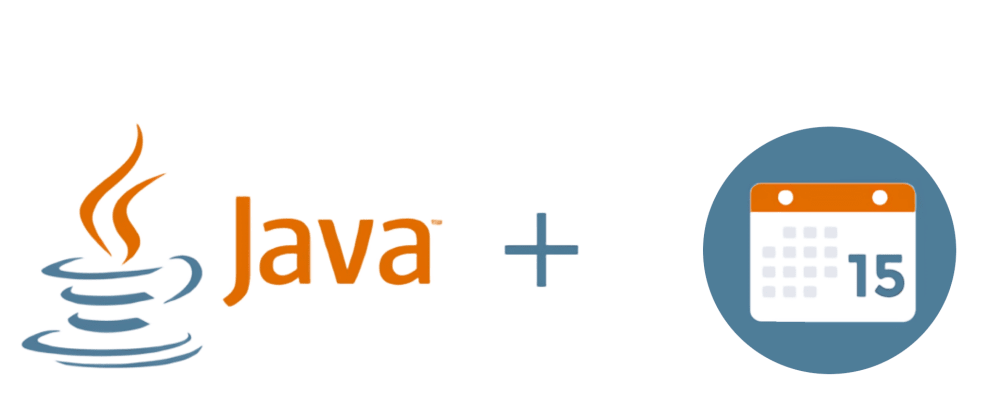

Dates in programming are hard. The ISO-8601 Date standard made them easier but to be entirely honest I'm not
ISO-8601 Certified so I'm not very good at my job. What I do know though is the very important difference between
YYYY and yyyy when formatting dates.
According to the DateTimeFormatter Java Docs (which implements the ISO-8601 specification)
This difference will cause your code to work perfectly fine, except for when dealing with dates at the very end of some years.
Here is an example that I had the absolute PLEASURE of dealing with last year. For the date 31/12/2019 (December
31st 2019), yyyy will output 2019 but YYYY will output 2020. The reason for this is the
week that the 31st of December falls in technically is the first week of 2020. This issue can be a pain to notice
and debug.
In my case, 31/12/2019 was being sent from the frontend, being stored correctly in the DB, but was turning into
31/12/2020 when being returned and no one had any idea why. Our default JSON date formatter was the culprit, using
YYYY where it should have been using yyyy (some clumsily copied and pasted quick solution
by myself ofcourse).
// y (Lowercase)
DateTimeFormatter formatteryyyy = DateTimeFormatter.ofPattern("yyyy-MM-dd");
// Y (Uppercase)
DateTimeFormatter formatterYYYY = DateTimeFormatter.ofPattern("YYYY-MM-dd");
// Contains value from Database (December 31st 2019)
LocalDateTime dateTime;
// String value will be 2019-12-31
String yyyy = dateTime.format(formatteryyyy);
// String value will be 2020-12-31
String YYYY = dateTime.format(formatterYYYY);
// Actual date value will be 2020-12-31
LocalDateTime parsedDateyyyy = LocalDateTime.parse("2020-12-31", formatteryyyy);
// Actual date value will be 2019-12-31
LocalDateTime parsedDateYYYY= LocalDateTime.parse("2020-12-31", formatterYYYY);
In 99% of use cases, the following is true: